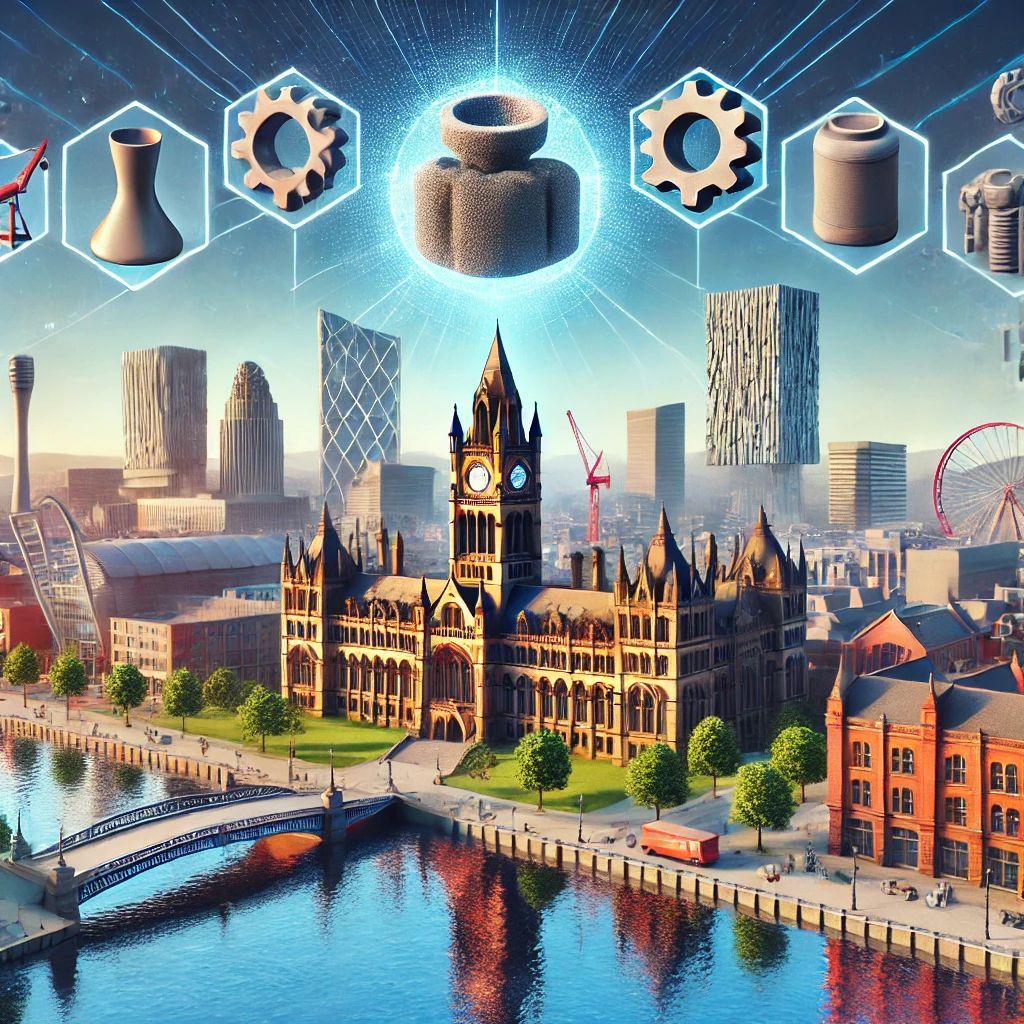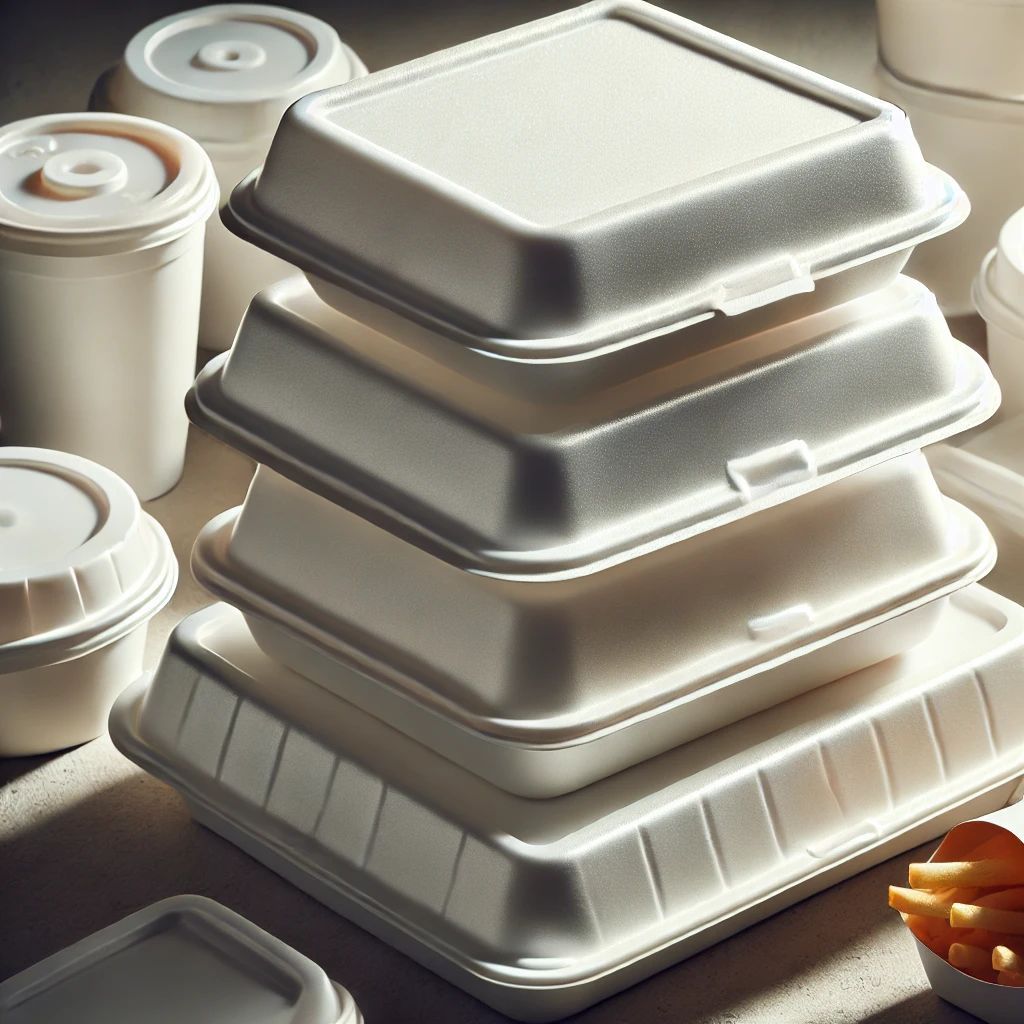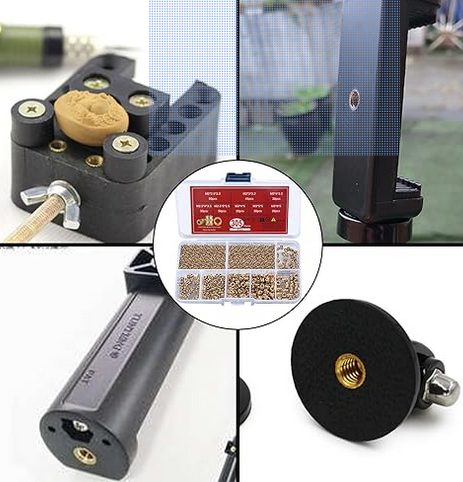3D Printing: The Industrial Revolution of Our Time
3D Printing: The Industrial Revolution
of Our Time

3D printers are now common in every industry. From prototyping to manufacturing, 3D printing saves time and money for businesses. It also helps the environment by using less raw material than before. This paper will examine how 3D printing is changing the way we live, work, and play.
It's clear that 3D printers are a game changer, but they don't come without their drawbacks. The most prominent issue with 3D printers is that they use a lot of energy. But, as technology advances and more research is done on this topic, it will be possible to reduce the amount of power needed to run these machines.
If you want to understand 3D printing better and how it can help you in your life, read on!
The Industrial Revolution of Our Time
The Industrial Revolution is often considered to be the most influential event in human history. It shifted society from an agrarian-based economy to a manufacturing-based one, and it ushered in new ways of living, working, and playing.
3D printing is the industrial revolution of our time. It's what some are calling the "3rd wave" of the computer age, with 3D printers playing a major role in a global shift towards mass customization and local production. 3D printers have arrived at just the right time to fill the needs created by globalization and an increasingly on-demand society.
The technology has already begun to transform multiple industries—most notably manufacturing, where governments and companies are trying to figure out how best to tap into its vast potential for economic growth. 3D printers also offer a cheaper way for entrepreneurs who want to manufacture their own products without spending thousands of dollars upfront on tooling costs or renting space at a factory for short-term use (both options that were previously required). And as additive manufacturing technologies become more commonplace and affordable, you can expect it to disrupt other fields like architecture, construction, apparel design, food production, healthcare, education—and just about every other aspect of our lives.
How 3D Printing is Changing the Way We Live, Work, and Play
3D printers have the ability to produce a part in just one hour, which is a huge time saver. That means you can have a prototype of your product within hours, rather than waiting days or weeks for something to be shipped.
On top of being able to produce a prototype quickly and easily, 3D printing also allows for quicker production and more efficient use of raw materials. For example, traditional manufacturing methods require large amounts of material and energy because the process requires lots of steps that all require additional material. But with 3D printing, manufacturers can print an object in just one step without any need for support structures or molds. This gives businesses the opportunity to save on costs while also decreasing their environmental footprint by using less raw material.
While there are many benefits to this new technology, there are some drawbacks as well. One downside is that 3D printers are very expensive machines. They're not easy or cheap to buy or maintain either, which is another issue businesses face when investing in this technology. But as technology advances and research continues on this topic, it will be easier for companies to get around these issues and invest better in 3D printing.
Another problem with 3D printing is that it doesn't always produce the best results. While it's true that 3D printers allow for faster production and more efficient use of raw materials, there may be some issues with the quality of a printed object. The printer may not print an object completely, or the item may be printed in a way that doesn't allow it to function properly. In addition to this, there are some legal issues with counterfeiting products and intellectual property.
There are many benefits to 3D printing technology but there are also some drawbacks that businesses should be aware of before investing in this new technology. As research and development continue on this topic, businesses will be able to take full advantage of the benefits while avoiding the drawbacks












